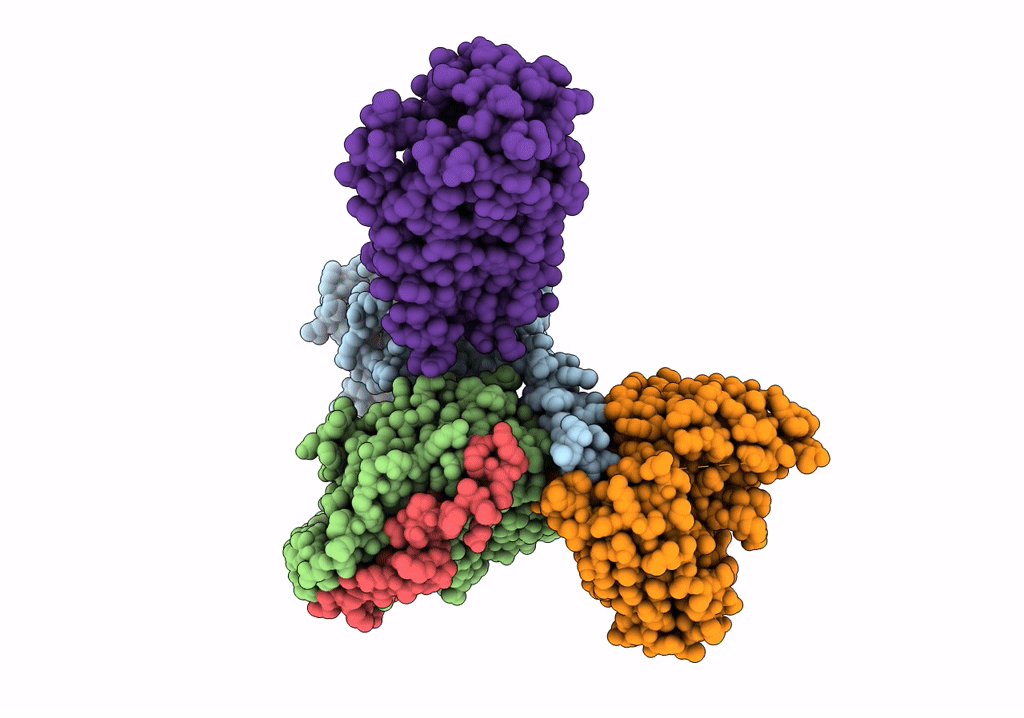
Deposition Date
2021-12-13
Release Date
2022-04-06
Last Version Date
2025-05-14
Entry Detail
PDB ID:
7T6B
Keywords:
Title:
Structure of S1PR2-heterotrimeric G13 signaling complex
Biological Source:
Source Organism:
Homo sapiens (Taxon ID: 9606)
Mus musculus (Taxon ID: 10090)
Mus musculus (Taxon ID: 10090)
Host Organism:
Method Details:
Experimental Method:
Resolution:
3.19 Å
Aggregation State:
PARTICLE
Reconstruction Method:
SINGLE PARTICLE


